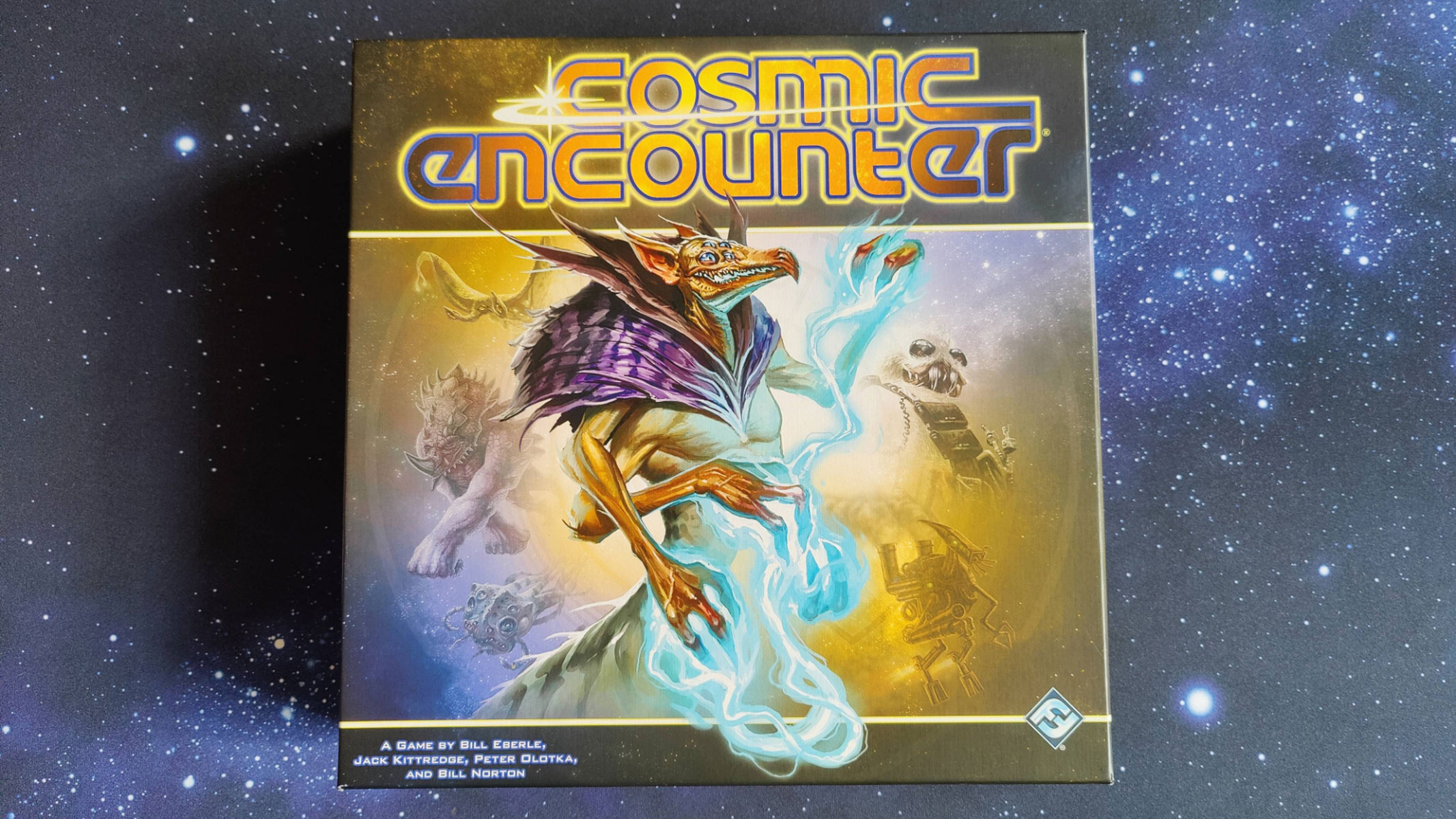
Tereza Pultarova
Tereza is a London-based science and technology journalist, aspiring fiction writer and amateur gymnast. Originally from Prague, the Czech Republic, she spent the first seven years of her career working as a reporter, script-writer and presenter for various TV programmes of the Czech Public Service Television. She later took a career break to pursue further education and added a Master's in Science from the International Space University, France, to her Bachelor's in Journalism and Master's in Cultural Anthropology from Prague's Charles University. She worked as a reporter at the Engineering and Technology magazine, freelanced for a range of publications including Live Science, Space.com, Professional Engineering, Via Satellite and Space News and served as a maternity cover science editor at the European Space Agency.
Latest articles by Tereza Pultarova

Milky Way galaxy: Everything you need to know about our cosmic neighborhood
By Tereza Pultarova, Daisy Dobrijevic last updated
Reference We are living in a golden age of Milky Way research and exploration.

Europe's Jupiter explorer JUICE misses one-second launch window because of lightning risk
By Tereza Pultarova published
Europe's Jupiter explorer JUICE missed its first one-second launch window on Thursday, April 13, because of bad weather at the European spaceport in Kourou, French Guiana.

Europe's JUICE mission has to squeeze into a 1-second launch window. Here's why.
By Tereza Pultarova published
Europe's Jupiter mission JUICE has only one second a day to launch to hit the correct trajectory that will take it to the gas giant planet in eight years' time.

Earth-observing satellite captures rare photos of Jupiter and its moons
By Tereza Pultarova published
The European Earth-observing satellite Pleiades Neo snapped a rare sequence of images capturing the giant planet Jupiter and its moons.

How to watch the launch of Europe's JUICE mission to Jupiter on April 14
By Tereza Pultarova published
Europe's Jupiter Icy Moons Explorer mission is set to launch for its 8-year cruise to the solar system's largest planet on Friday at 8:14 EDT (1214 GMT) and you can watch it live via Space.com.
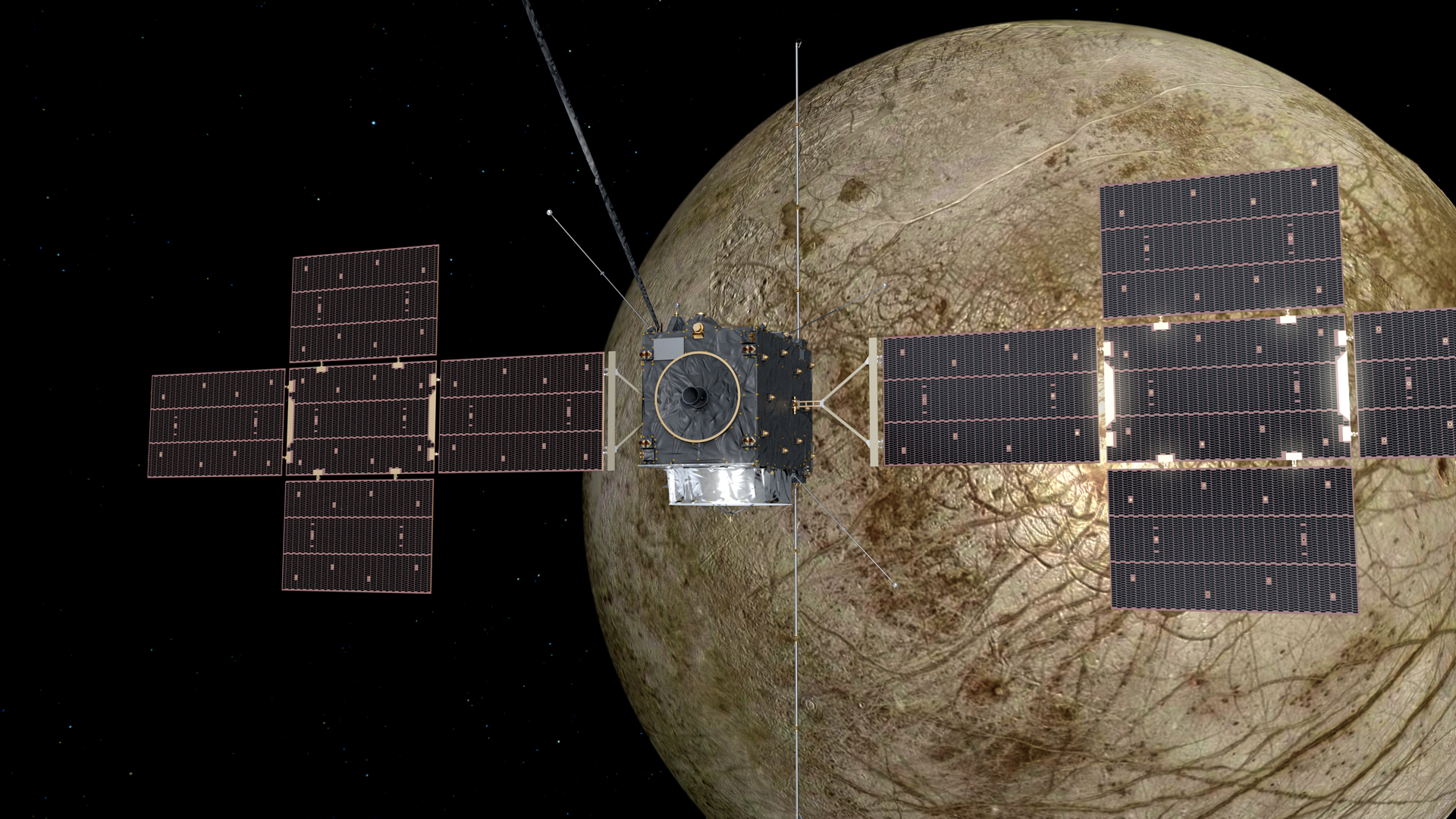
Europe's Jupiter Icy Moons Explorer is unlikely to find life. Here's why.
By Tereza Pultarova published
What will Europe's Jupiter Icy Moon Explorer (JUICE) tell us about the presence of life in the vicinity of the solar system's largest planet?

ESA's Jupiter mission JUICE is not 'strong enough' to orbit potentially life-harboring Europa. Here's why
By Tereza Pultarova published
Europe's Jupiter Icy Moons Explorer (JUICE) is setting out for an ambitious tour of Jupiter's moons. But it will only take a brief glimpse of the potentially life-harboring Europa. Here's why.

'Hole' in the sun and powerful X1.2 solar flare threaten space weather mayhem
By Tereza Pultarova published
A powerful solar flare knocked out radio communications on Earth last night in what space weather forecasters fear might be the beginning of a spell of rough space weather in the coming days.

The largest black hole ever discovered can fit 30 billion suns. We found it with gravity and bent light
By Tereza Pultarova published
Astronomers have just discovered what may be the largest black hole known to date.

A tiny Eastern European cubesat measured a monster gamma-ray burst better than NASA. Here's how
By Tereza Pultarova published
The brightest gamma-ray burst ever seen blinded all of NASA's flagship gamma-ray missions last year. This tiny Eastern European cubesat, however, didn't get overwhelmed.
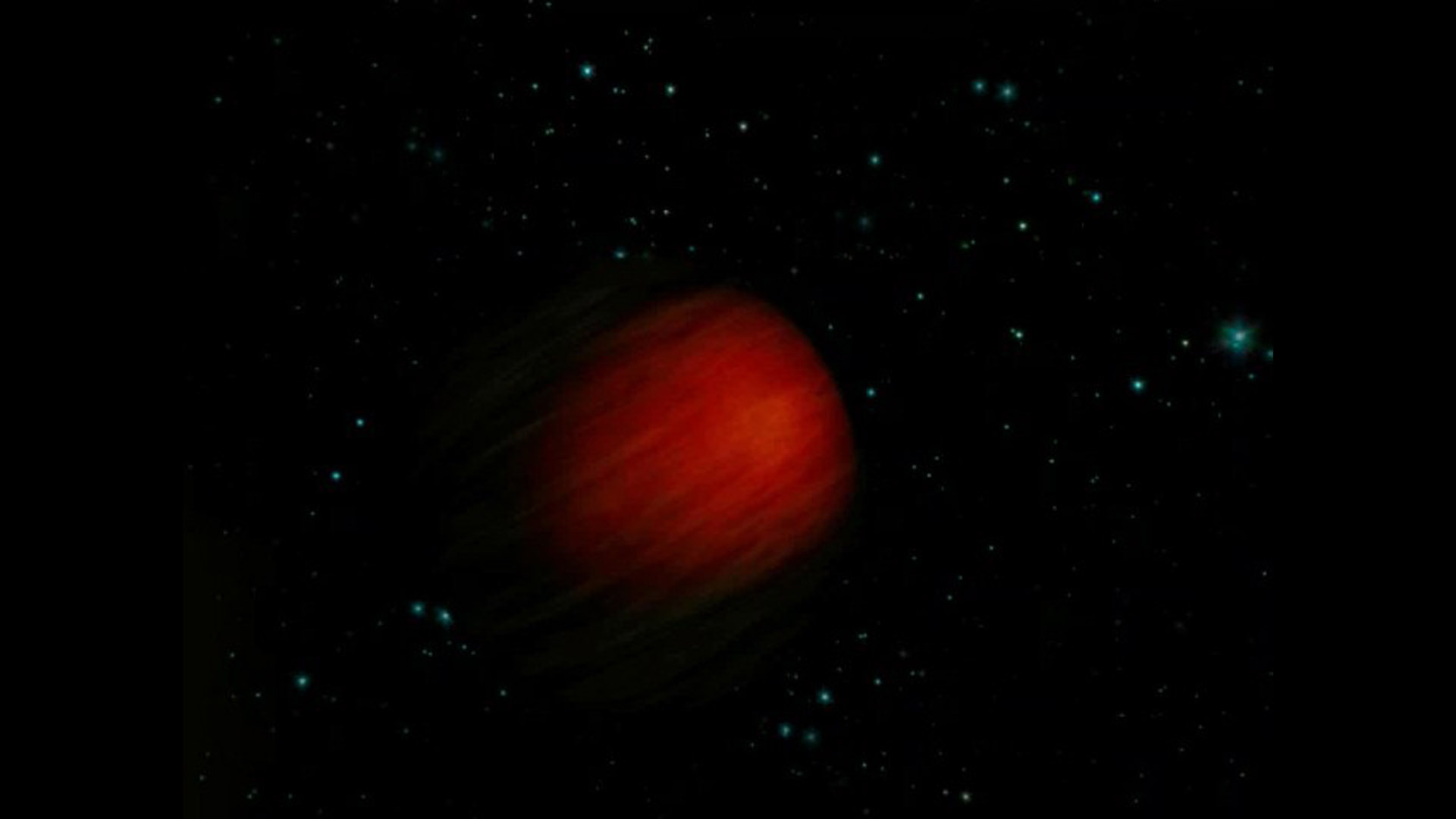
James Webb Space Telescope finds a 'hot Jupiter' exoplanet that defies expectations
By Tereza Pultarova published
The atmospheres of gas giant planets across the Milky Way galaxy can be very different from those in the solar system, the James Webb Space Telescope has found.

Hidden water source on the moon found locked in glass beads, Chinese probe reveals
By Tereza Pultarova published
A huge amount of water may be trapped in beads of glass strewn across the moon's surface, an analysis of lunar soil samples delivered by China's Chang'e-5 probe revealed.
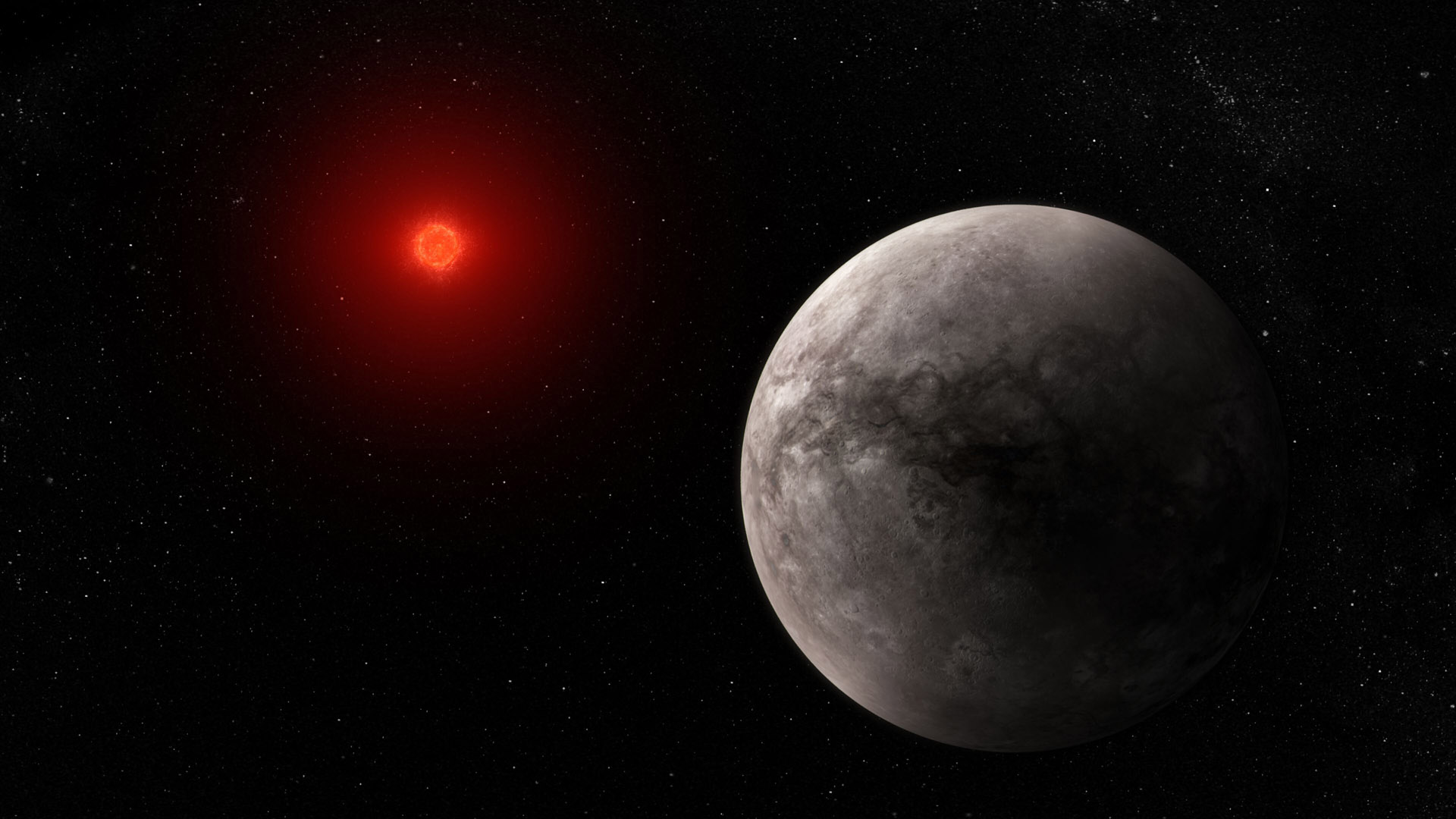
James Webb Space Telescope finds no atmosphere on Earth-like TRAPPIST-1 exoplanet
By Tereza Pultarova published
New measurements by the James Webb Space Telescope found that a rocky exoplanet orbiting a star known as TRAPPIST-1 most likely has no atmosphere.

Uranus grows a smoggy cap while Jupiter's Red Spot keeps shrinking, Hubble telescope reveals (photos)
By Tereza Pultarova published
New images of Uranus and Jupiter taken by the Hubble Space Telescopes reveal slow weather changes on these giant, distant planets.

Skywatchers enjoy surprise auroras as strongest solar storm in years hits Earth (photos)
By Tereza Pultarova published
A surprise solar storm supercharged auroras across the U.S. and Europe last night (March 23), with sightings of the colorful displays reported from as far south as New Mexico and Arizona.

Rocket Lab launches 2 satellites, returns booster to Earth after delay from surprise solar storm
By Mike Wall last updated
The strongest solar storm in six years delayed Rocket Lab's early morning launch on Friday, March 24, by 90 minutes, and space weather forecasters didn't see coming.

Earth is on track for devastating climate change if we don't act. These 5 weather disasters show what's to come.
By Tereza Pultarova published
These weather disasters provide a glimpse of lies ahead for planet Earth if humankind fails to stop climate change progress.

Sorry, E.T. fans: Interstellar visitor 'Oumuamua isn't an alien spacecraft. It's just passing gas.
By Tereza Pultarova published
Since its arrival in the solar system in 2017, interstellar object 'Oumuamua has puzzled scientists. Two American astronomers now think they have solved one of the space rock's biggest mysteries.

Sea level rise slowed down in 2022. NASA says it's just a blip
By Tereza Pultarova published
Global sea levels rose more slowly in 2022 than models predicted. But there's no reason to celebrate, according to NASA.

Astronauts that hibernate on long spaceflights are not just for sci-fi. We could test it in 10 years.
By Tereza Pultarova published
First hibernation studies with human subjects could be feasible within a decade, a European Space Agency (ESA) researcher thinks.
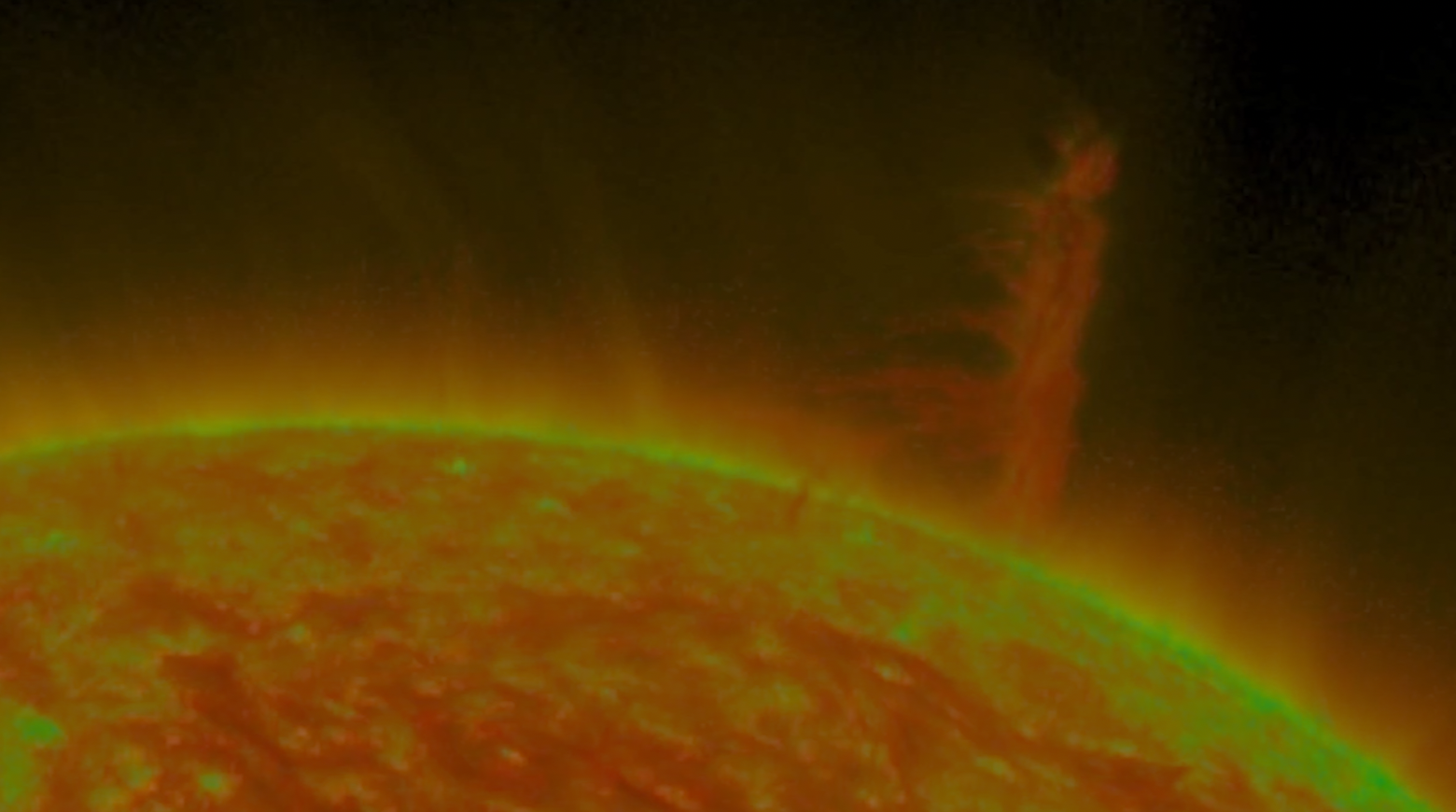
Huge solar tornado as tall as 14 Earths hurls plasma cloud into space. Here's the video.
By Tereza Pultarova published
NASA's Solar Dynamics Observatory captured what might be 'the tallest tornado' in the solar system swirling across the north pole of the sun.

NASA's new air pollution sensor will monitor smog above America in real time
By Tereza Pultarova published
For the first time, a space-born smog sensor will be able to provide data on the distribution of air pollutants over America non-stop and in real time.

Europe's 1st ever Jupiter mission in 'home straight' ahead of April launch
By Tereza Pultarova published
Europe's first Jupiter-bound mission is in the final stages of preparations for its launch on April 13 from the European spaceport in Kourou, French Guiana.

Earth spouts 'biosignatures' into space, hinting that other life-bearing worlds may do the same
By Tereza Pultarova published
Forms of oxygen created by living organisms can be found in space around our planet, a new study has revealed, hinting at a potential new method for tracing life on exoplanets.
Get the Space.com Newsletter
Breaking space news, the latest updates on rocket launches, skywatching events and more!

